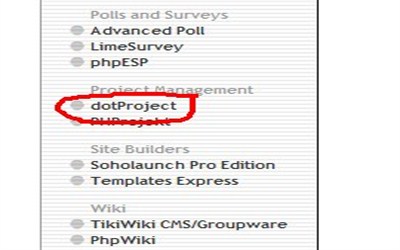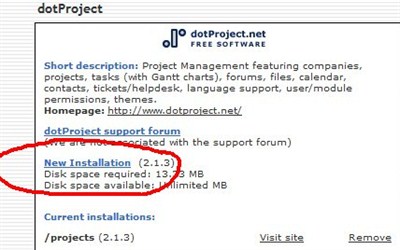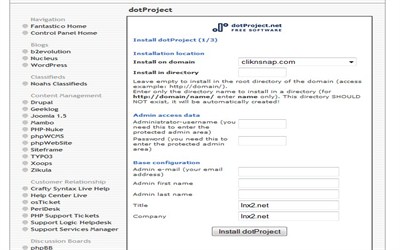Starting to Use dotProject Usefully
Two days ago I installed dotProject then yesterday I added a few projects along with the main tasks needed to complete them.
Today I have been working VERY much more effectively completing over 50% of one brand new project.
My aim was to follow Jason Fladleins idea of creating one product in one sitting to solve one problem.
The product I decided to create is called Image Cropper.
And the project involves doing everything from creating software, buying and setting up a domain and blog, preparing graphics, sales page, download page, activation page, aWeber list plus web form, facebook fan page, google analytics links driving traffic and testing everything.
So no mean set of tasks.
The plus side is that I have 90% of suitable software modules fully created and tested – so that will save weeks of work.
I also have fully working copies of software I am preparing to market – Header Magic, Image Resizer, Clik-n-Snap (sorry these sites are still under construction) – that allowed me to create header and icon graphics in just a few minutes
dotProject has helped me focus on the things that I should be doing to get over half of this project up and running.
You can check out the results so far at ImageCropper.net – sorry the software links won’t be added until I decide on a launch date.
I want to initially use this as a free product for list building
I have outsourced work to prepare a Facebook fan page but that won’t be ready for about week – when I plan to start driving traffic.
I also completed 25% of another ongoing software project that I never seem able to finish – so I’m very happy with that.
At the end of the day, I decided to add estimates of time I have spent on each task to dotProject.
This should hopefully build up into some really invaluable information and help me target my work much more effectively.
Already I can see that if the two projects I have been working on today get completed at the same rate then I over-estimated how long each one will take by 30% and 20%.
I managed to find how to update the time taken for each task – but am still not sure how to enter actual expenditure into the project planner.
If I can keep up this level of productivity, I should easily be able to meet my goal of creating new software products every few weeks.


